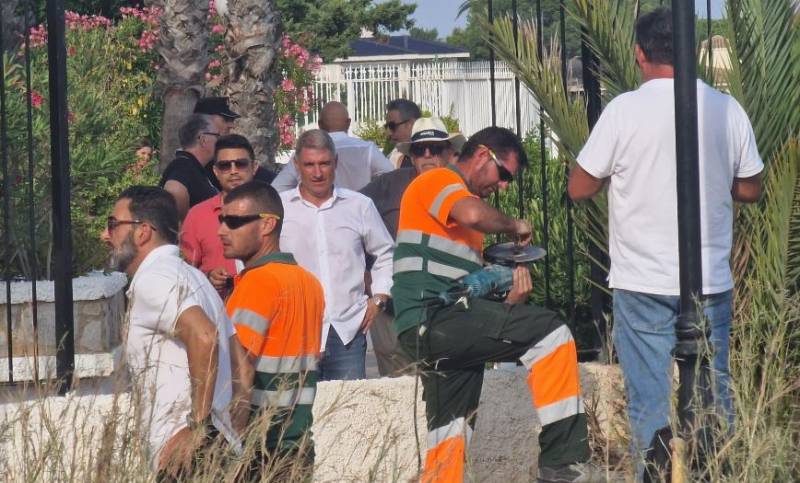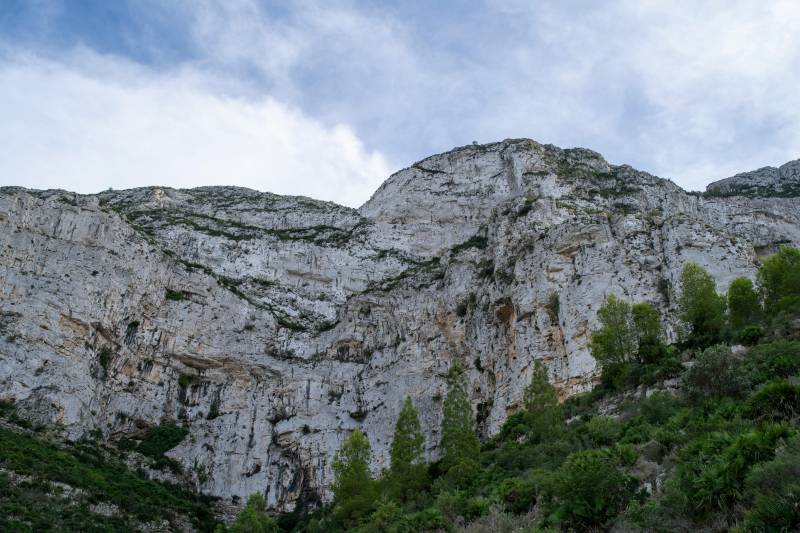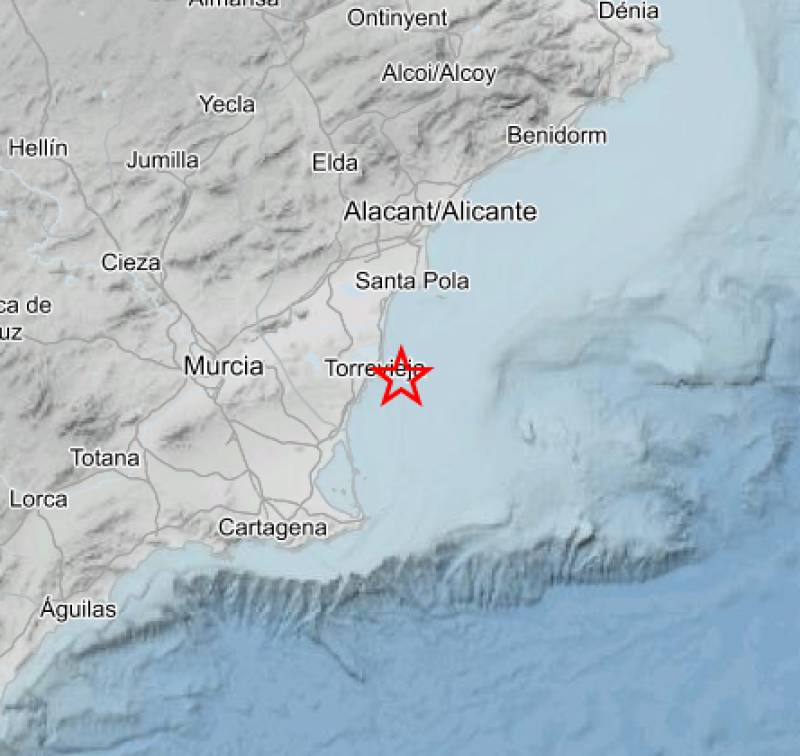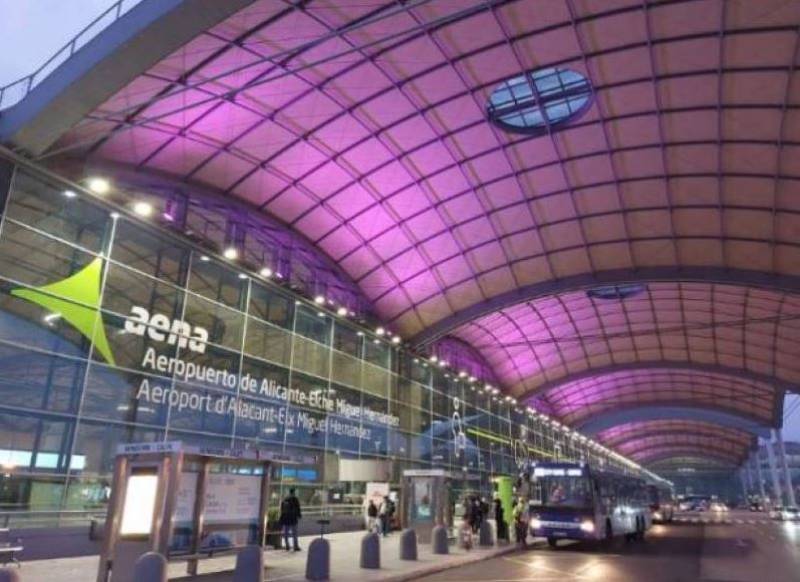- Region
- Águilas
- Alhama de Murcia
- Jumilla
- Lorca
- Los Alcázares
- Mazarrón
- San Javier
-
ALL AREAS & TOWNS
- AREAS
- SOUTH WEST
- MAR MENOR
- MURCIA CITY & CENTRAL
- NORTH & NORTH WEST
- TOWNS
- Abanilla
- Abarán
- Aguilas
- Alamillo
- Alcantarilla
- Aledo
- Alhama de Murcia
- Archena
- Balsicas
- Blanca
- Bolnuevo
- Bullas
- Cañadas del Romero
- Cabo de Palos
- Calasparra
- Camping Bolnuevo
- Campo De Ricote
- Camposol
- Canada De La Lena
- Caravaca de la Cruz
- Cartagena
- Cehegin
- Ceuti
- Cieza
- Condado de Alhama
- Corvera
- Costa Cálida
- Cuevas De Almanzora
- Cuevas de Reyllo
- El Carmoli
- El Mojon
- El Molino (Puerto Lumbreras)
- El Pareton / Cantareros
- El Raso
- El Valle Golf Resort
- Fortuna
- Fuente Alamo
- Hacienda del Alamo Golf Resort
- Hacienda Riquelme Golf Resort
- Isla Plana
- Islas Menores & Mar de Cristal
- Jumilla
- La Azohia
- La Charca
- La Manga Club
- La Manga del Mar Menor
- La Pinilla
- La Puebla
- La Torre
- La Torre Golf Resort
- La Unión
- Las Palas
- Las Ramblas
- Las Ramblas Golf
- Las Torres de Cotillas
- Leiva
- Librilla
- Lo Pagan
- Lo Santiago
- Lorca
- Lorquí
- Los Alcázares
- Los Balcones
- Los Belones
- Los Canovas
- Los Nietos
- Los Perez (Tallante)
- Los Urrutias
- Los Ventorrillos
- Mar De Cristal
- Mar Menor
- Mar Menor Golf Resort
- Mazarrón
- Mazarrón Country Club
- Molina de Segura
- Moratalla
- Mula
- Murcia City
- Murcia Property
- Pareton
- Peraleja Golf Resort
- Perin
- Pilar de la Horadada
- Pinar de Campoverde
- Pinoso
- Playa Honda
- Playa Honda / Playa Paraíso
- Pliego
- Portmán
- Pozo Estrecho
- Puerto de Mazarrón
- Puerto Lumbreras
- Puntas De Calnegre
- Region of Murcia
- Ricote
- Roda Golf Resort
- Roldan
- Roldan and Lo Ferro
- San Javier
- San Pedro del Pinatar
- Santiago de la Ribera
- Sierra Espuña
- Sucina
- Tallante
- Terrazas de la Torre Golf Resort
- Torre Pacheco
- Totana
- What's On Weekly Bulletin
- Yecla


- EDITIONS:
 Spanish News Today
Spanish News Today
 Alicante Today
Alicante Today
 Andalucia Today
Andalucia Today
ARCHIVED - Javea divers find one of the largest collections of Roman gold coins in Europe
The incredible discovery was made at Cala de Portitxol in the Marina Alta coastal town, Alicante province
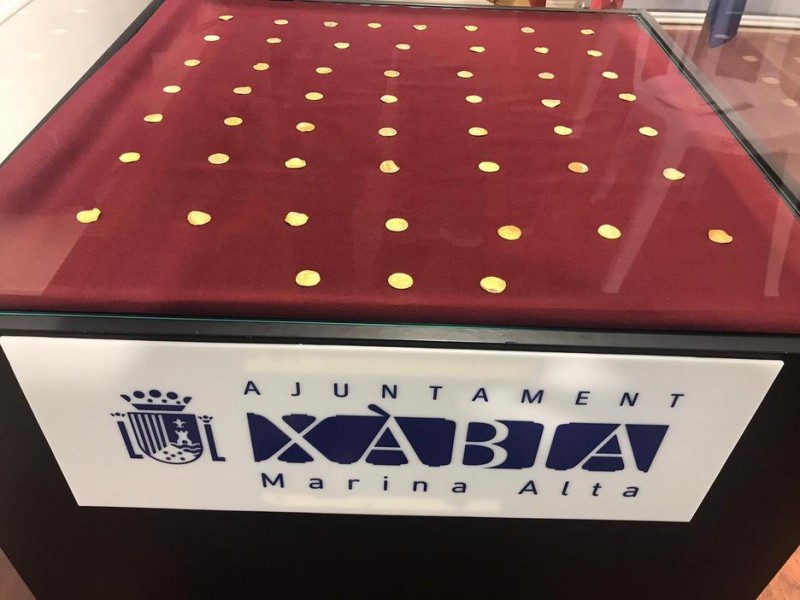
Two divers have unearthed treasure which is believed to have lain undisturbed on the seabed in Javea for around 1,500 years.
Freedivers Luis Lens and César Gimeno initially found eight gold coins, perfectly preserved, which archaeologists at Alicante University have dated to the late Roman period; specifically between the end of the 4th century and the beginning of the 5th.
The fortuitous discovery prompted a series of dives by university archaeologists and the Guardia Civil’s diving unit in collaboration with Javea Council, during which a total of 53 gold coins were recovered – one of the largest collections of Roman coins discovered in Europe.
In addition, divers found three nails – possibly copper – and lead remains that archaeologists believe could belong to what was once a chest to house the treasure.
Despite being at the bottom of the sea for hundreds of years, the coins are in a “perfect state of conservation”, which has allowed researchers to read inscriptions and identifiy the periods of emperor’s government: three coins belong to the Valentinian period; Valentinian II (seven coins); Todosio I (15); Arcadi (17); Honorius (10 coins); and one unidentified.

“This is one of the largest sets of Roman gold coins found in Spain and Europe,” said the head of the team of underwater archaeologists from Alicante University, Jaime Molina, adding: “It’s an exceptional archaeological and historical find since its investigation can offer a wealth of new information to understand the final phase of the fall of the Western Roman Empire.”
The professor also suggested the coins “could have been hidden intentionally” to protect them from looters.
“The find illustrates a historical moment of extreme insecurity with the violent arrival in Hispania of the barbarian peoples (Suevi, Vandals and Alans) and the definitive end of the Roman Empire in the Iberian Peninsula from 409 AD,” he added.
The coins will be restored and exhibited at Javea’s Soler Blasco Archaeological and Ethnographic Museum.
Meanwhile, the Valencia regional government has allocated 17,800 euros to continue investigating Portitxol bay, an area renowned for an “abundance of underwater archaeological remains”.
In 2019, a joint research project between the town council, Alicante University and the regional government, which is still ongoing, brought to light anchors, ancient storage jars, ceramic remains from different periods and elements associated with ancient navigation, amongst other items.
In fact, one of the archaeologists in charge of the project, José Antonio Moya, has defined Javea seabed as “a history book that we are reading little by little”.
Image: Ayuntamiento de Javea











